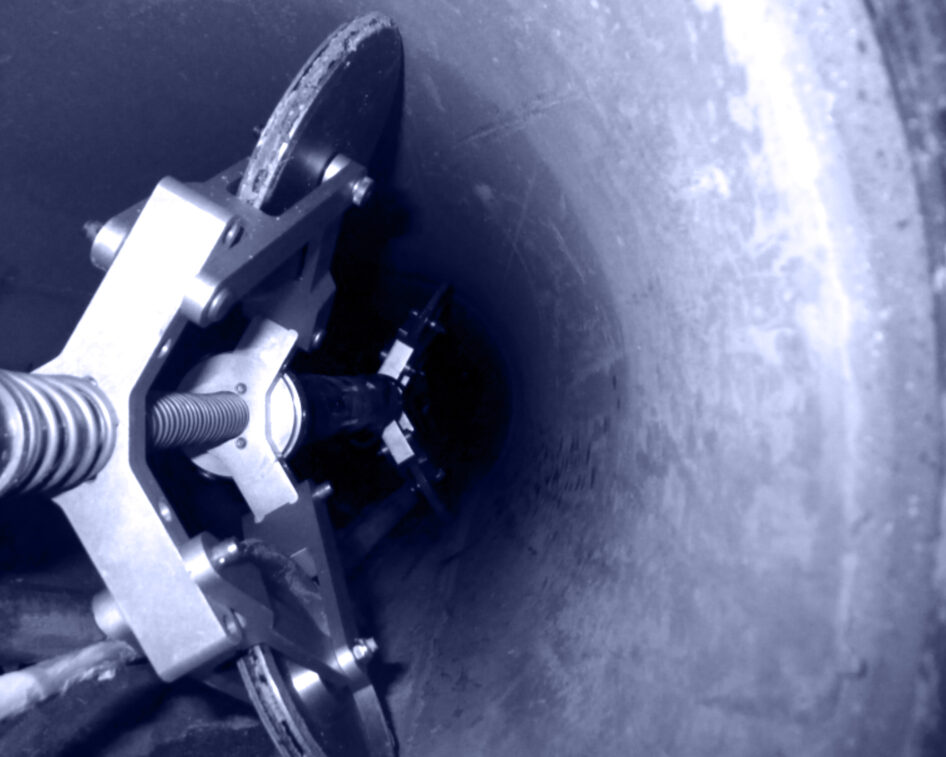
Raising the bar: Responding to the new PAS 128 standards
Publicly available standard 128 (PAS 128) was first published by the British Standards Institution (BSI) in 2014 and is the current specification for underground utility detection. It outlines a hierarchical methodology for accurately mapping underground utility networks.
The standard was published in response to inconsistencies and uncertainty around the accuracy of utility survey reports. PAS 128 offered clients more confidence in reports, allowing them to undertake construction, ground works or utility-based works with lower levels of risk.
As mentioned, PAS 128 follows a hierarchical methodology to underground utility surveying. There are four levels of accuracy to which the client can instruct – these levels are:
Quality Level D
The lowest level of survey – essentially a utility record search.
Quality Level C
A reconnaissance survey correlating, where possible, the results of the record drawings with surface features related to the buried utilities thus improving the quality of the record data.
Quality Level B
A detection survey of utilities carried out using, as a minimum, the two techniques of electromagnetic location and ground probing radar (GPR). There are four accuracy bands within Quality Level (QL) B which the surveyor allots to each utility detected. These reflect the accuracy and confidence of the detection results.
Quality Level A
The highest level being a verification survey where critical utilities are exposed so that their precise position and depth can be verified.
However, a 2019 study of PAS 128 found that vertical accuracy corresponding to Quality Level B (QLB1) is rarely achieved. It also found that accuracy is not improved by using two different techniques to locate a buried feature, despite the method increasing a surveyor’s confidence in the detection.
In response to the findings of this research, a new version of PAS 128 is scheduled for release in 2022. We’ll be watching closely to see how these new guidelines impact the industry approach to buried utilities surveys.












